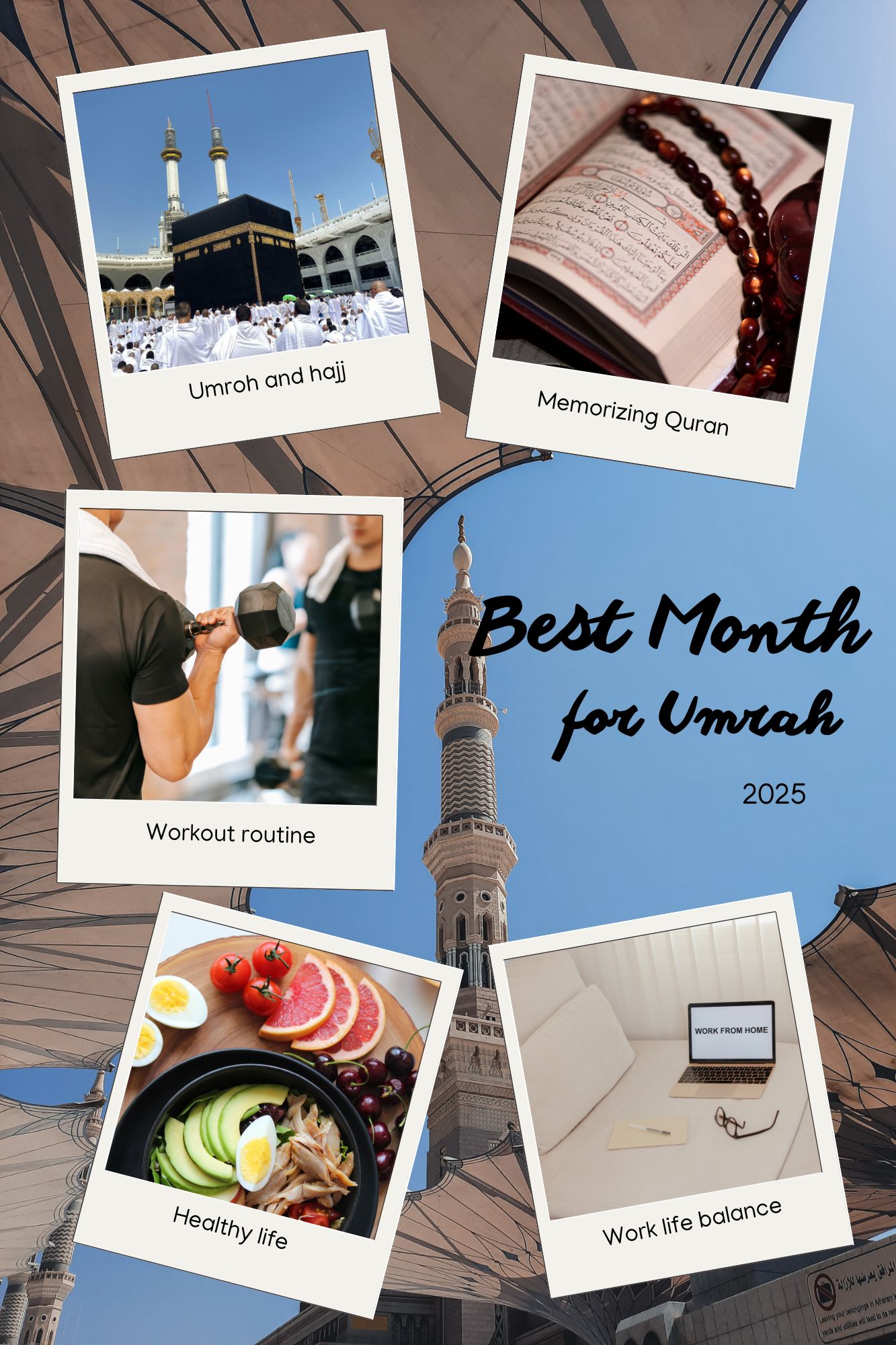What Month is the Best to Go to Umrah?
Umrah is a deeply spiritual journey that Muslims around the world aspire to undertake. While Umrah can be performed at any time of the year, unlike Hajj, choosing the right month can greatly enhance your overall experience. Whether you are seeking peace, smaller crowds, or favorable weather, knowing the best month for Umrah can help you make the most of this sacred pilgrimage.
Understanding Umrah and Its Flexibility
Unlike Hajj, which has fixed dates in the Islamic lunar calendar, Umrah is non-mandatory and can be performed at any time of the year. This flexibility allows pilgrims to choose a time that suits their personal preferences and schedules. However, certain months offer unique advantages based on weather, crowd levels, and spiritual significance.
The Best Month for Umrah: A Seasonal Guide
1. Ramadan: Spiritually Rewarding
Ramadan is often considered the best month for Umrah due to its immense spiritual benefits. Performing Umrah during this holy month is equivalent to performing Hajj with the Prophet (PBUH), as stated in various hadiths. However, it’s also the most crowded time, especially during the last ten nights. If you’re prepared for large crowds and long prayer hours, the spiritual rewards during Ramadan are unmatched.
2. Muharram and Safar: A Peaceful Start to the Year
These early months of the Islamic calendar are ideal for those seeking a quieter pilgrimage. The crowds are significantly smaller compared to Ramadan or the Hajj season, making it easier to focus on prayer and reflection. The moderate weather in Saudi Arabia during this time also adds to the comfort.
3. Rabi al-Awwal: Celebrating the Prophet’s Birth
Many pilgrims choose Rabi al-Awwal to align their Umrah with the birth month of Prophet Muhammad (PBUH). This month is filled with spiritual events and gatherings, making it a meaningful time for pilgrimage. While not as crowded as Ramadan, it still sees a notable rise in visitors.
4. December to February: Comfortable Weather
If weather is a primary concern, the winter months offer the most pleasant conditions for walking and performing rituals. These months coincide with Rabīʿ al-Thānī and Jumādā al-Ulā in the Islamic calendar and are perfect for those who want to avoid extreme heat.
When to Avoid
The months of Dhul Hijjah and Dhul Qa’dah are typically associated with Hajj. While Umrah is still allowed outside the specific Hajj days, these months can be busier and more expensive due to high demand. Planning Umrah outside this period can offer a more relaxed experience.
Answering Your Call for Umrah
Ultimately, the best month for Umrah depends on your personal intentions and physical comfort. Whether you seek spiritual elevation during Ramadan or a peaceful journey in the winter months, the call for Umrah is a personal one. Listen to your heart, plan well, and respond when the time feels right.
Conclusion
Choosing the best month for Umrah can transform your pilgrimage from a routine trip into a life-changing spiritual experience. Whether you prioritize serenity, spiritual significance, or climatic comfort, there’s a perfect time waiting for you to answer your call for Umrah.

